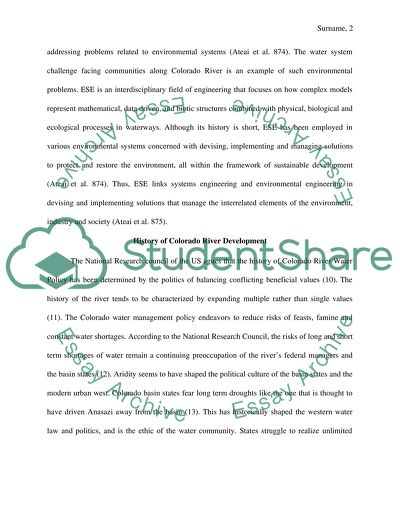Cite this document
(“Solving the colorado river basin's math problem: adapting to change Research Paper”, n.d.)
Solving the colorado river basin's math problem: adapting to change Research Paper. Retrieved from https://studentshare.org/environmental-studies/1593340-solving-the-colorado-river-basins-math-problem-adapting-to-change
Solving the colorado river basin's math problem: adapting to change Research Paper. Retrieved from https://studentshare.org/environmental-studies/1593340-solving-the-colorado-river-basins-math-problem-adapting-to-change
(Solving the Colorado River basin's Math Problem: Adapting to Change Research Paper)
Solving the Colorado River basin's Math Problem: Adapting to Change Research Paper. https://studentshare.org/environmental-studies/1593340-solving-the-colorado-river-basins-math-problem-adapting-to-change.
Solving the Colorado River basin's Math Problem: Adapting to Change Research Paper. https://studentshare.org/environmental-studies/1593340-solving-the-colorado-river-basins-math-problem-adapting-to-change.
“Solving the Colorado River basin's Math Problem: Adapting to Change Research Paper”, n.d. https://studentshare.org/environmental-studies/1593340-solving-the-colorado-river-basins-math-problem-adapting-to-change.


